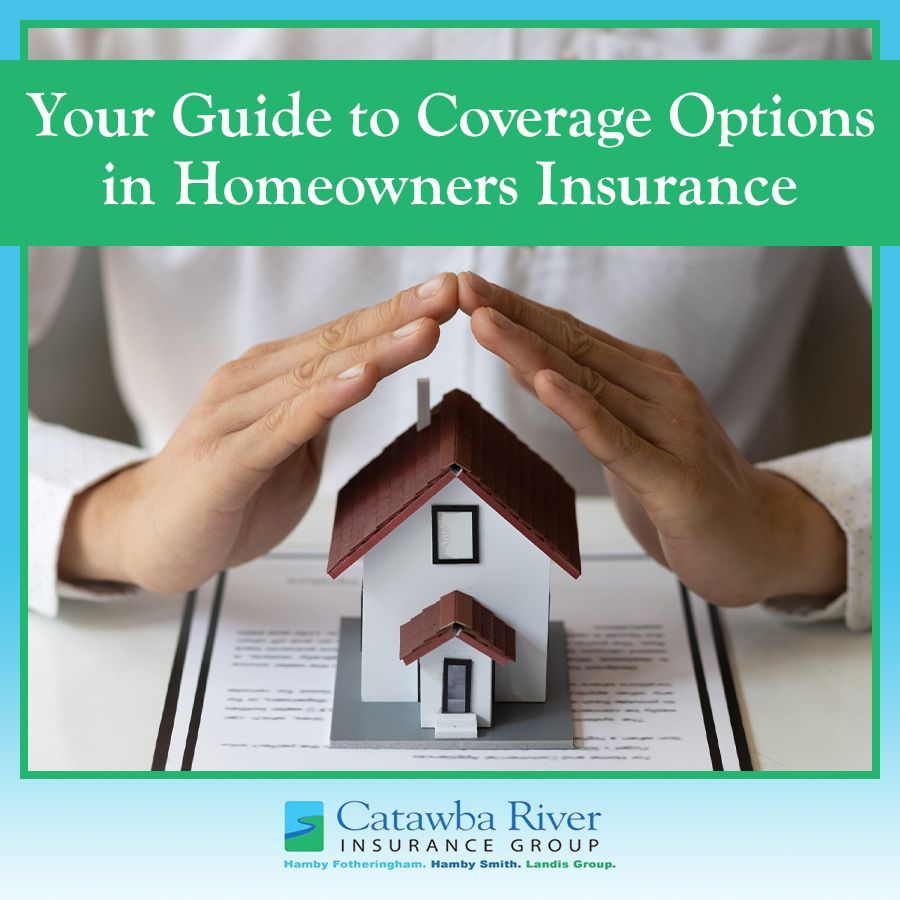Your Guide to Coverage Options in Homeowners Insurance
Homeowners insurance offers a critical safety net for many property owners. It provides financial protection against unexpected disasters, theft, and liability. However, there are different levels of coverage, each offering varying degrees of protection.

To help you better understand your own homeowners insurance policy, we’ve explained some frequently used coverage terms in the article below.
- Actual Cash Value. Actual Cash Value (ACV) is the most basic level of homeowners insurance coverage. After deducting depreciation, it covers your house’s cost plus your belongings’ value. If you have a decade-old roof that gets damaged, the insurance will pay out what a decade-old roof is worth, not a brand-new one.
- Replacement Cost. A step up from ACV is replacement cost coverage. This level of coverage pays the actual cost of replacing your home or personal belongings without considering depreciation. If your home is destroyed, the insurance company will pay to rebuild it as before the loss, up to your policy’s limit.
- Extended Replacement Cost/Value. The highest level of coverage is extended replacement cost or value. This coverage offers the greatest protection and is particularly beneficial if you own a high-value home. It covers more than just the replacement cost of your home, extending an additional percentage over your policy limit to fully cover the rebuilding costs, even if they are more than your policy limit. This can be especially useful when construction costs surge unexpectedly due to high demand after a widespread disaster.
Understanding each level of coverage and assessing your needs is crucial before selecting the best homeowners insurance policy for you. At The Catawba River Insurance Group, we want to be your trusted insurance advisor to help guide you through the process. Contact us today to discuss your insurance needs.
The post Your Guide to Coverage Options in Homeowners Insurance first appeared on The Catawba River Insurance Group.



